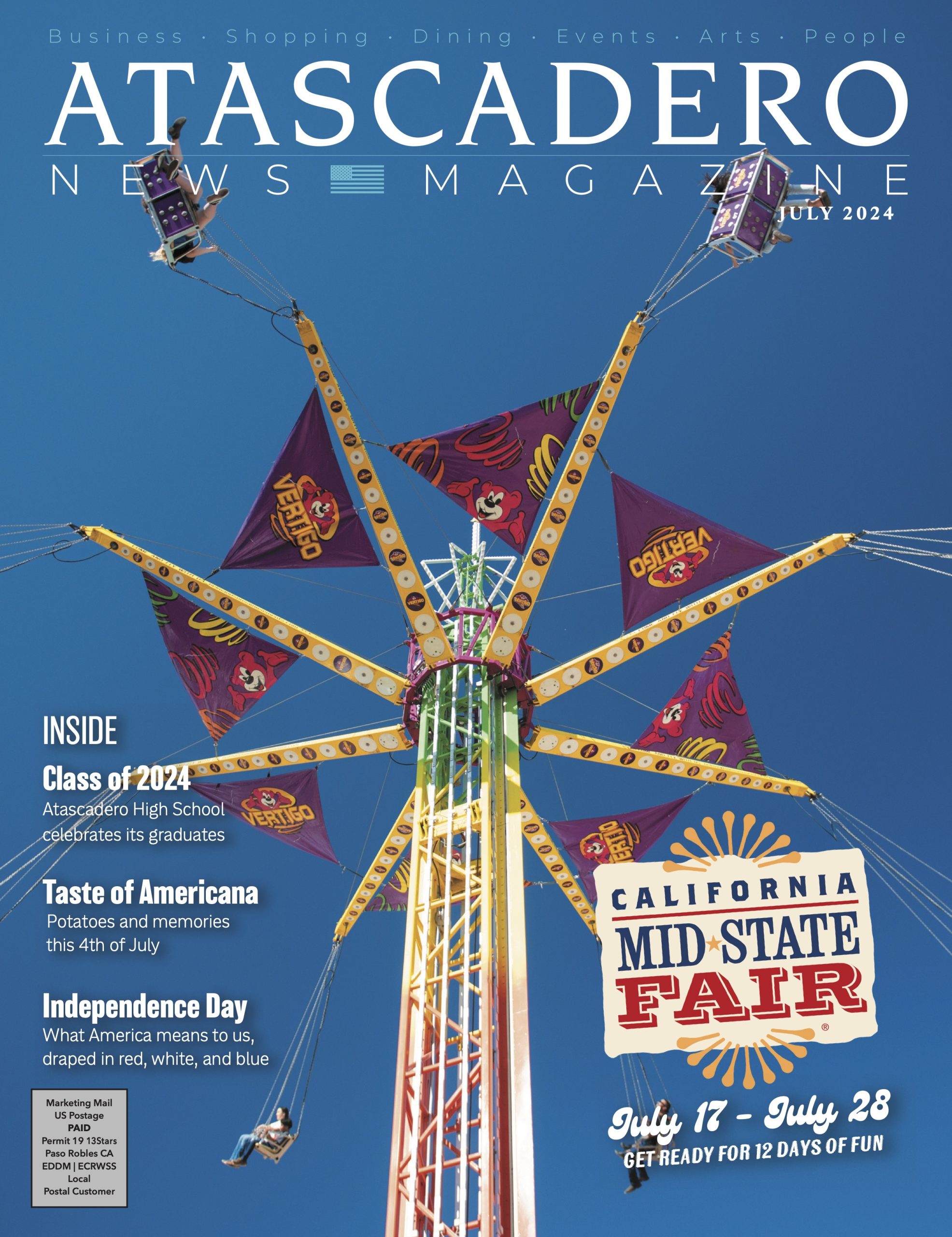Monuments commemorate our history and serve as a focal point of remembrance. Some commemorate battlefields and those who served upon them. Others commemorate notable persons. They are a unifying thread tying a diverse nation into one tapestry, hopefully providing healing to survivors.
Civil wars are divisive and ugly. Our American Civil War was officially fought between 1861 and 1865, with the loss of over 600,000 lives. The scars left by that conflict were deep, families permanently split, communities divided. Most states in the former Confederacy didn’t celebrate Independence Day until the Spanish American War, which united the country again for the first time in a generation. Unfortunately, it was also about that time, some historians began to re-write antebellum history in terms of “the lost cause,” referring to the war as the “War for Southern Independence.”
Academics and the Hollywood showed great sympathy for the Southern “cause,” coinciding with the Eugenics-based racial theories popular in academia. Hollywood cast the Confederacy in a sympathetic light, starting with the racist film “Birth of a Nation” (1916), which glorified the Ku Klux Klan.
The fight against slavery began long before the American Revolution but ran headlong into opposition from the British Crown. The British economy depended upon West Indian trade, heavily dependent upon slaves to run the sugar plantations to make rum for sale throughout the British Empire. American colonists fought to abolish slavery on moral grounds but were thwarted by King George, who vetoed pre-Revolution laws abolishing slavery; he considered abolition an economic threat to his empire. Other colonies (Virginia) prohibited the emancipation of slaves until the death of the owner. George Washington inherited few slaves, most on his properties inherited by his wife, frustrating his intent to free those he owned. Washington wrote that he detested slavery as did most of the Founders.
American/British conscience-driven decades-long fight to embrace abolition slowly changed public perceptions. William Wilberforce fought the anti-slavery fight in Britain for 27 years, achieving the prohibition of slavery throughout the British Empire in 1833. America took longer and required a bloody civil war before Lincoln was politically and militarily able to invoke the Emancipation Proclamation in 1862 after the Union battlefield victory at Antietam. Northern Democrats lobbied to make peace and allow the South to secede; Antietam gave Lincoln the leverage he needed for a bold, unifying message for justification of the war effort and ended British diplomatic flirtation with the Confederacy.
Today’s mobs, ignorant people, predominantly white and young have brazenly attacked monuments to our history. Statues of General Grant, an avowed abolitionist who freed the one slave his wife’s family provided as a wedding gift and freed slaves from captured Confederate officers, had his memorials defaced. As president, he waged the first effective effort to destroy the Ku Klux Klan in the South. When the Democrats regained political control of the government, they reversed his policies, and for the next 80 years, Black Americans were stripped of most of their rights.
Some monuments deserve to be removed, such as monuments honoring founders of the Klan or other avowed, unrepentant racists. Those should be removed by legal means with only battlefield monuments left intact to denote historical events. Convicted mob vandals should be legally prosecuted and forced to read a real history book while incarcerated!
Black Americans have legitimate grievances. When Woodrow Wilson became president in 1913, he institutionalized racism. Southern-born Wilson segregated the military and civil service, ignoring 60 years of Black valor in the Civil War, the Indian Wars and alongside Teddy Roosevelt as he charged San Juan Hill. Yet mindless mob violence is self-defeating. Mobs defaced the fresco at the Massachusetts State Capitol of the 54th Massachusetts Infantry, the first Black unit in the Union Army in the Civil War, whose valor was portrayed in the 1989 film “Glory.” In London, Lincoln and Churchill’s statues were defaced: the mob leader didn’t know who Churchill was and assumed Lincoln’s statue must honor a racist.
As we celebrate a fireworks-free 4th this weekend, watch “Glory” or read about the sacrifices made by our Founders or those who fought to preserve the liberties we enjoy today.















